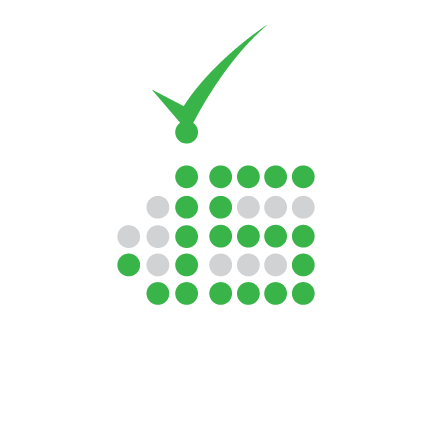Creating interview winning resumes and cover letters is one of the most important steps in landing your next job. Whether you’re a student, recent graduate, or a job seeker making a career shift, your application materials must present your skills clearly and professionally to stand out from the competition.
Here’s a comprehensive step-by-step guide to help you write resumes and cover letters that get noticed—and get interviews.
Step 1: Start with a Resume & Cover Letter Writing Guide
Before you begin writing, review a structured guide that walks you through each component. This includes worksheets, content ideas, layout suggestions, and a proofreading checklist to ensure your materials are polished and professional.
Step 2: Review Resume, CV, and Cover Letter Samples
Review examples of high-quality resumes, CVs, and job-related letters. Samples can give you clarity on formatting, tone, and what hiring managers expect. Use these templates as inspiration to tailor your documents to your field and experience level.
Step 3: Avoid Common Mistakes
Typos, grammar errors, and formatting issues can eliminate your application instantly. Learn what mistakes to avoid—like vague language, irrelevant experience, or missing contact details—and how to correct them.
Step 4: Write Your Resume
Follow a clear, step-by-step guide for creating a professional resume. Highlight your relevant experience, achievements, and skills using quantifiable data where possible. Customize your resume for each job application.
Step 5: Get Professional Resume Help
Writing resumes can be overwhelming. Seek free or affordable resources, such as campus career centers, job placement agencies, or professional resume writers, to review or refine your resume.
Step 6: Craft a Strong Cover Letter
Your cover letter should complement your resume, not repeat it. Personalize each letter, highlight your most relevant accomplishments, and explain why you’re the best fit for the role. Use sample cover letters for structure and style ideas.
Writing a CV (Curriculum Vitae)
If you’re applying for jobs in academia, science, or internationally, a CV may be required instead of a resume. Learn the differences and find out how to structure your CV to reflect your education, research, publications, and qualifications.
Supplemental Job Search Correspondence
You may also need to write professional emails or letters to inquire about job openings, follow up, or accept or decline offers. Review templates for thank-you notes, networking letters, and resignation letters to build a well-rounded communication toolkit.
Tips for Job Applications and Portfolios
Understand how to complete job applications—whether online, via email, or in person. Consider creating an online portfolio to showcase your work (e.g., writing, design, lesson plans, or certifications) and make your application more impactful.
How to Prepare and Present References
Be ready to provide references when requested. Learn how to ask for recommendations, present reference lists, and prepare for reference checks. Sample letters and templates can guide you in making these requests professionally.
Conclusion
Creating interview winning resumes and cover letters isn’t just about having the right format—it’s about presenting your unique value clearly and effectively. By following this structured approach, reviewing proven examples, and avoiding common mistakes, you’ll be better equipped to make a lasting impression. Whether you’re applying for your first internship or transitioning into a new career, your application documents are your personal marketing tools—make them count.
